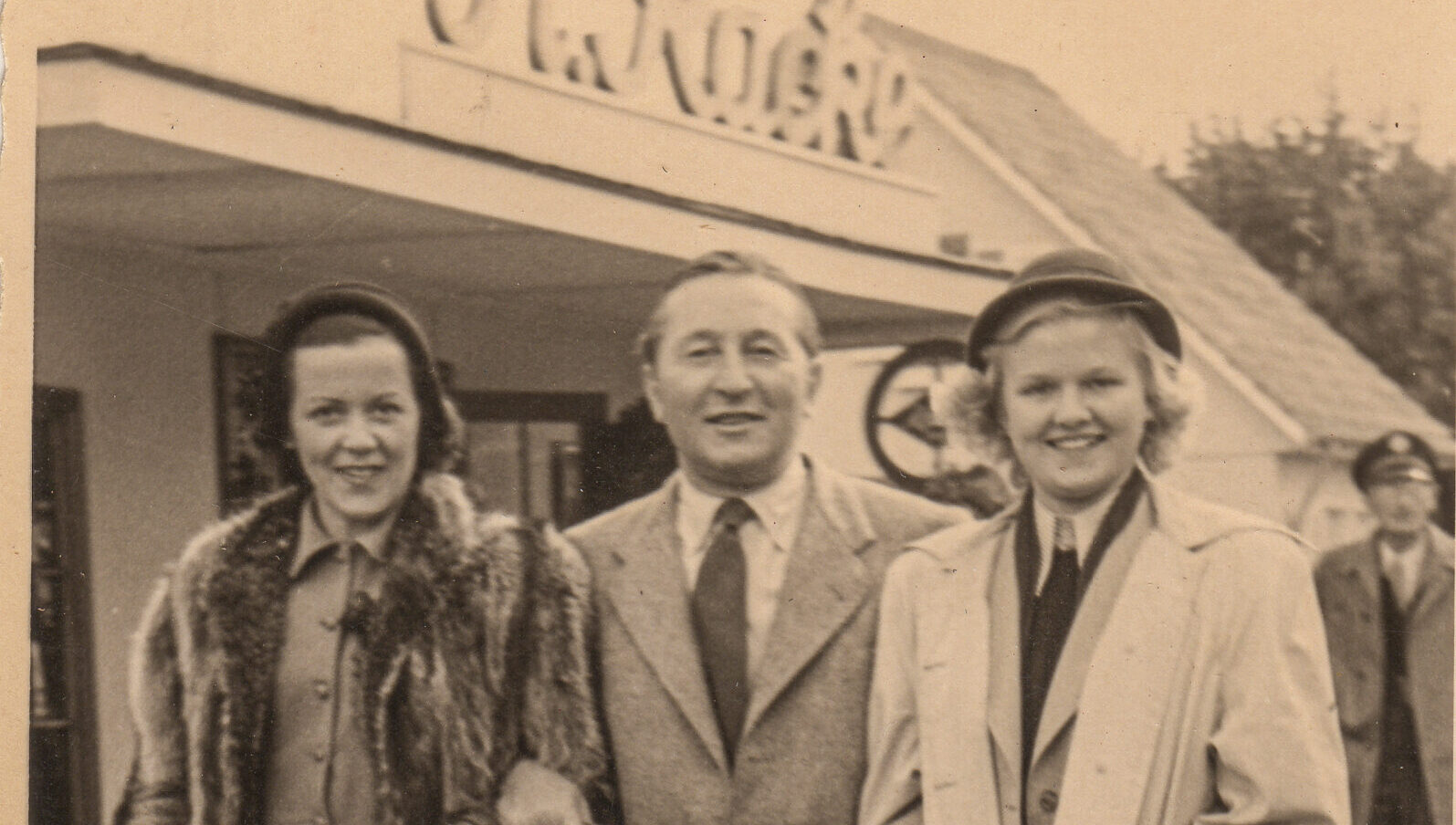These notes are taken from the manuscript “Denk Ich am Sonneberg” written by Renate Kehrein (née Schellhorn) in 1981, covering the period from 1939 to the end of the war, 1945. The significance of the year of authorship is that the Iron Curtain was still in place, meaning it was very difficult to cross over from the West to the East Zone. My grandmother tried to cross over about the same time, but was not permitted by East German Authorities.
Finally, the original text is in German, and my German is insufficient to fully translate. As a result I have drawn on automation to perform the heavy lifting.
-
The Beggar

February 15, 1945. We were all crouching together in the kitchen. Anna had heard a timid knock in the hallway. Mumbling as always, she went to the door to check. She returned, quite upset, to tell us that there was a beggar standing outside in complete raggedness; she hadn’t let him in. Our mother found…
-
Bones, Rags, Iron and Paper
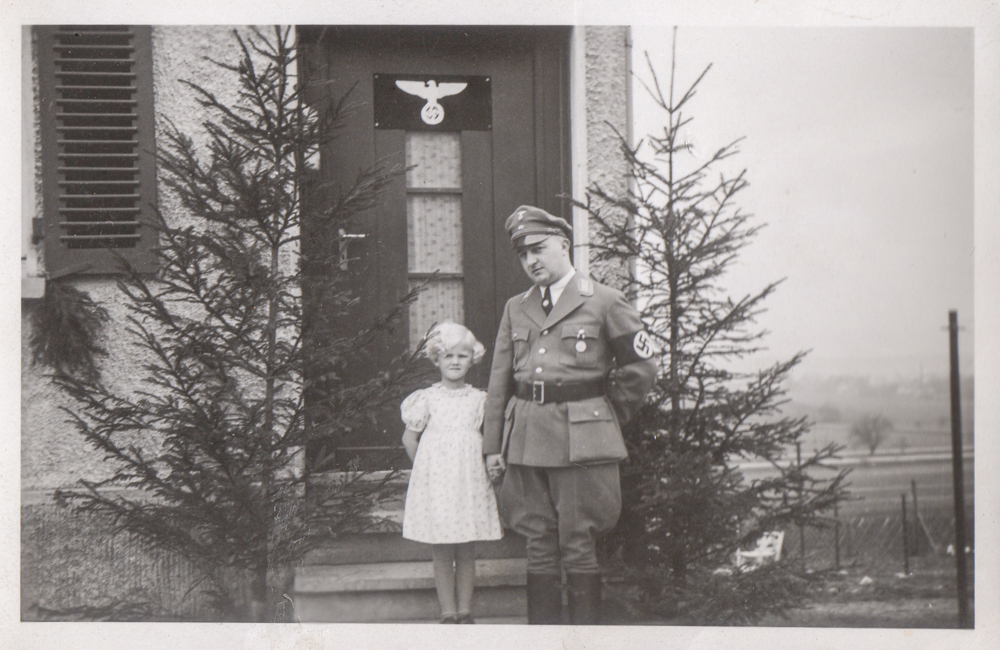
March 7, 1945. My main activity in the Hitler Youth during the first two years was collecting all kinds of things. First of all, there was the Winter Relief Fund. I enthusiastically went out into the streets with my box full of boats, flowers, animals, little fairy tale books and whatever else there was to…
-
Arrival of the Americans
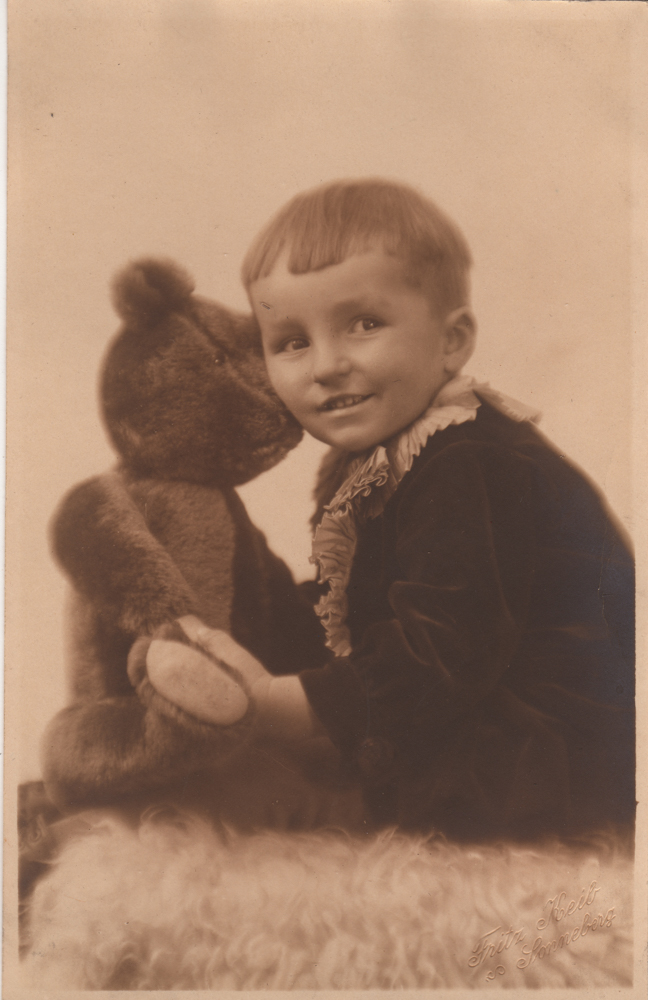
But a week before the war was over for Sonneberg, there was only one topic: would our city fathers be so sensible as to ignore the orders of the more stubborn and surrender the area without a fight? We had heard of so much senseless defense in the last few weeks, the oldest men had…
-
Acts of Kindness

April 20, 1945. We had heard of Russian foreign workers who worked in the munitions factories around Sonneberg. These girls worked all night long and were strictly forbidden to leave the factory premises during the day. They were only allowed to stay in their bar corners. But somehow some of them always managed to sneak…
-
Berchtesgaden
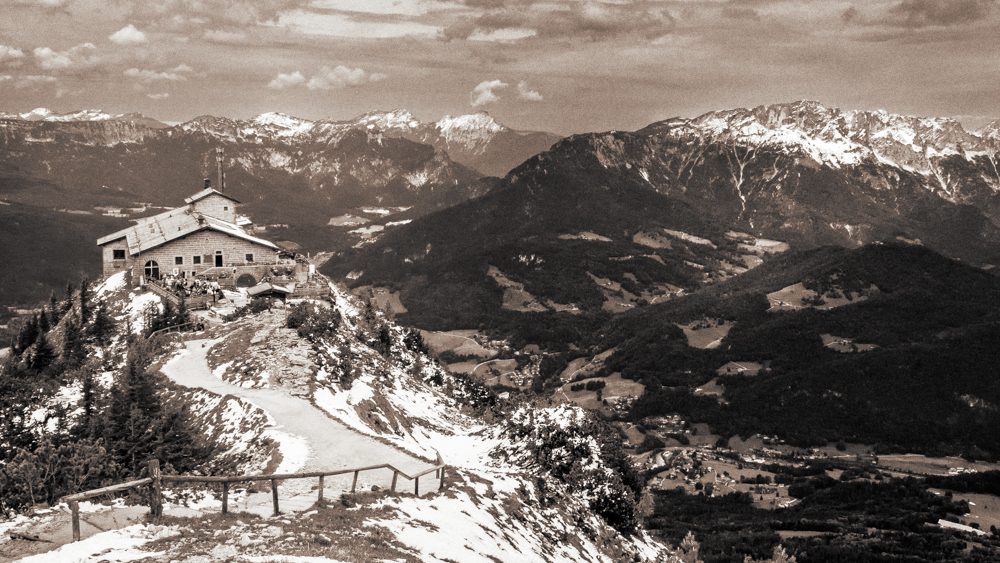
April 24, 1945. On April 24th it was reported that Berchtesgaden had experienced an air raid in the middle of the day. We were horrified. This beautiful little town in the Upper Bavarian mountains, which held so many memories for us, had been destroyed by bombs. Now our uncle had nothing left either, we were…
-
Bahnhofstraße 4
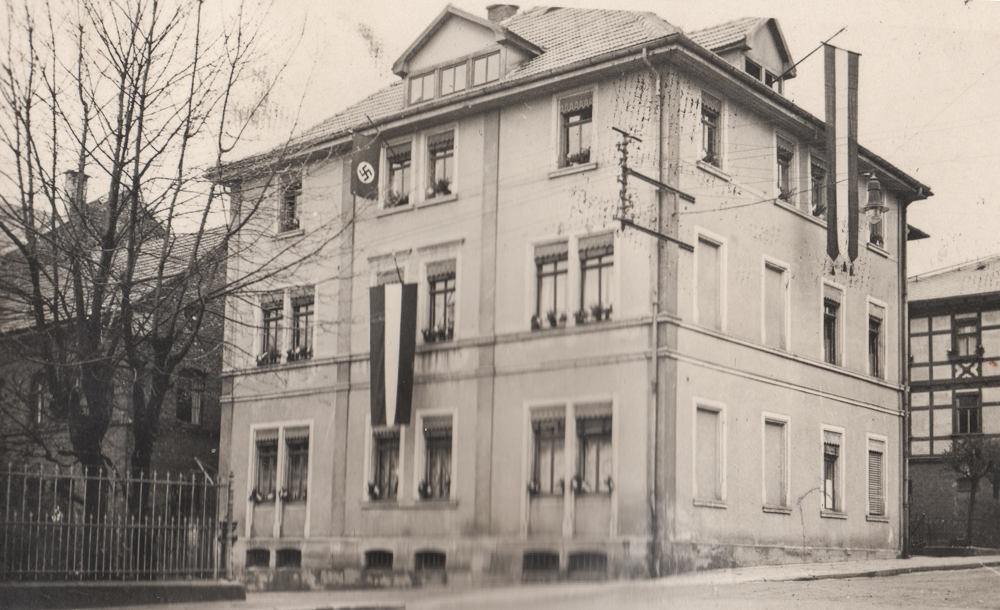
This was the home and adjoining factory of my great-grandparents, Heinrich and Berta Schellhorn. The following is a description of that place. We walked under the old wooden balcony, which was already dilapidated at the time, to the green-painted front door. A spacious staircase led us past two apartments up to the floor where Grandma…
-
Laundry
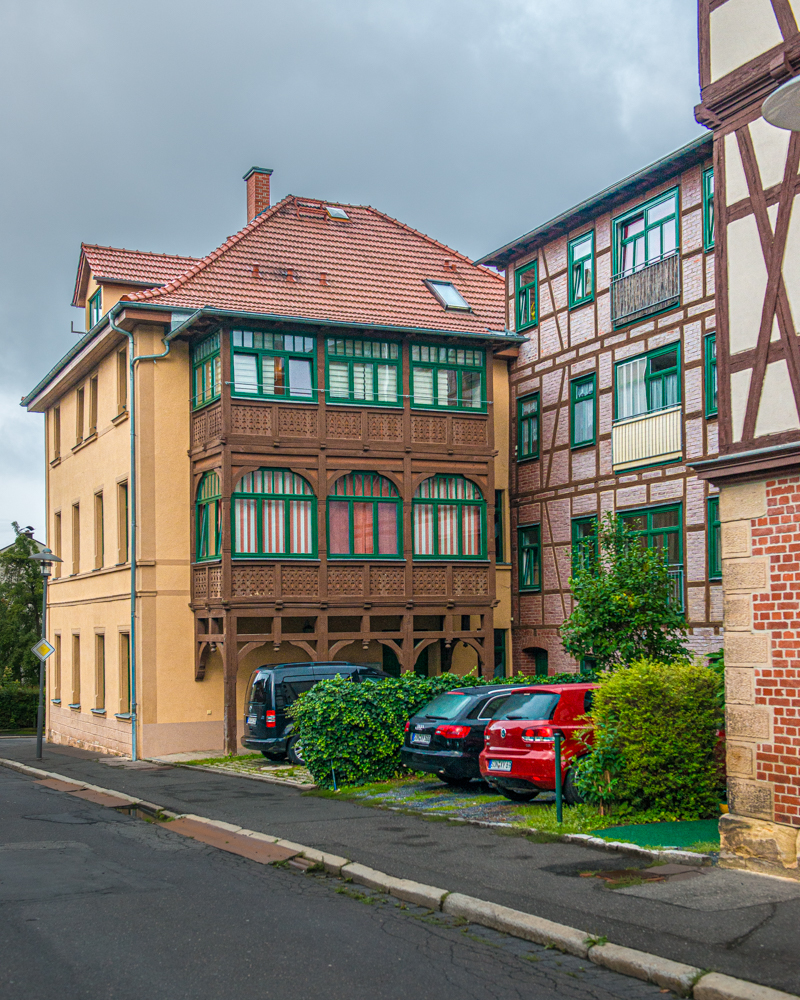
[… a small front garden] Framed towards the street by a living hedge, small trees and a purple flowering lilac bush, the garden consisted of two square lawns, known as “the Wiesle” for short. They were framed with grey slate panels. Slate cladding can be found on many houses in Thuringia. It was usually attached…
